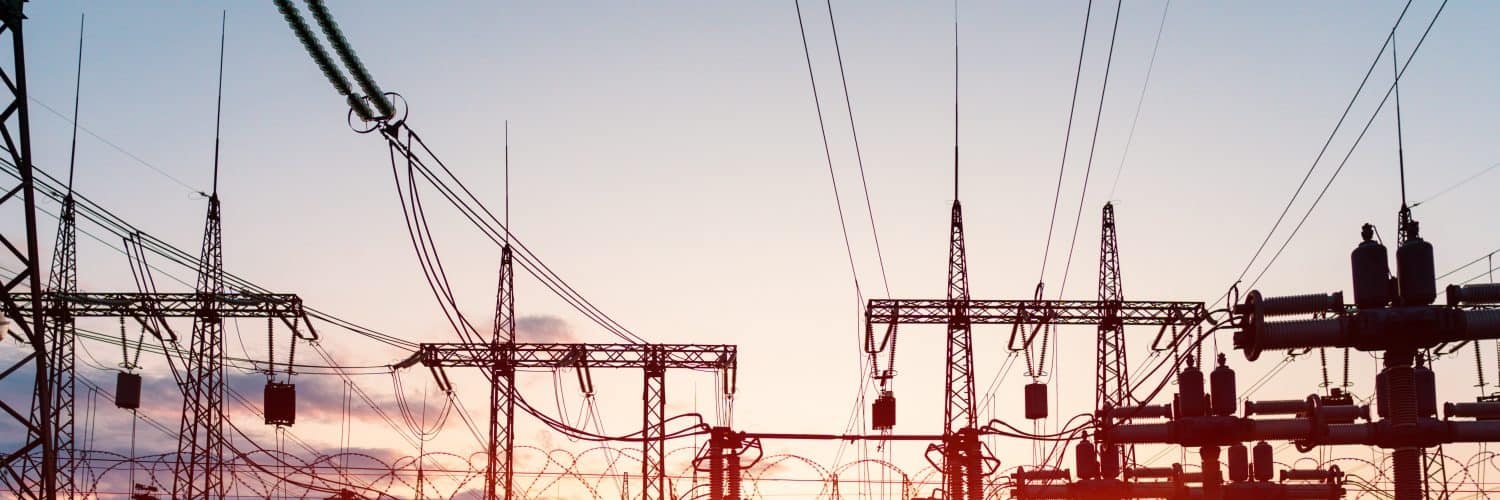Alberta’s weighted average Power Pool price for December is currently $129.79/MWh. Relative to November’s month-end price of $100.07/MWh, this represents an increase of $29.72/MWh or 29.7%. Hourly demand has also increased relative to last month, by 292MW or 2.9%. December has already presented us with a few periods of volatility, most notably on the 2nd, 3rd and 6th, when daily pricing settled to over $200/MWh. The majority of the hourly volatility on these days started in the early afternoon, with a peak of $903.60/MWh occurring on the 2nd at 7pm MST. Coinciding with this price volatility was a downturn in wind capacity, which hit a low of 3.3% of Alberta’s maximum wind capacity of 2,269MW. Intermittent outages at Genesee 2, Keephills 2, HR Milner and Battler River 5 also contributed to some of the volatility experienced so far this month.
The weighted average Hourly Ontario Energy Price (HOEP) settled at 4.7¢/kWh so far for the month of December, representing a 0.4¢/kWh or 9.4% increase over last week’s settle. The primary driver of this price hike is the increased use of demand response generators, which are typically expensive natural gas-burning ones. Natural gas supply increased by 27.3% (3,122MW) over the course of this past week. Baseload generation, such as nuclear, decreased its output to an average of 8,589MW, a -31.17MW or -0.4% decrease compared to last week. Hydro-based generation, on the other hand, increased output, climbing 9.3% to an average of 3,670MW. Solar increased output by 17.9% or 25MW, while wind and biofuel generation decreased supply (-26.0%; -2,147MW, and -9.0%; -67MW, respectively).
With the first Global Adjustment estimated at 4.9¢/kWh and the first estimate recovery rate at 0.5¢/kWh, December’s total market price is currently settling at 10.1¢/kWh as of today.
In other news, LG Energy Solution said Thursday it is mulling a new electric vehicle battery plant worth $2 billion in Ontario. The envisioned plant is part of LG Energy Solution’s plan to invest 5.6 trillion won in North America by 2024 and secure an additional annual production capacity of 55 gigawatt-hours in the region. This comes after the Canadian government, in partnership with Mexico and the United States, expanded the USMCA to reduce tariffs on electric vehicles that are composed of at least 75% North American parts. This will ultimately reduce EV sticker prices, paving the way for further consumer adoption.
– Mark Ljuckanov, Energy Advisor / Ryan Cosgrove, Energy Data Analyst








Add comment